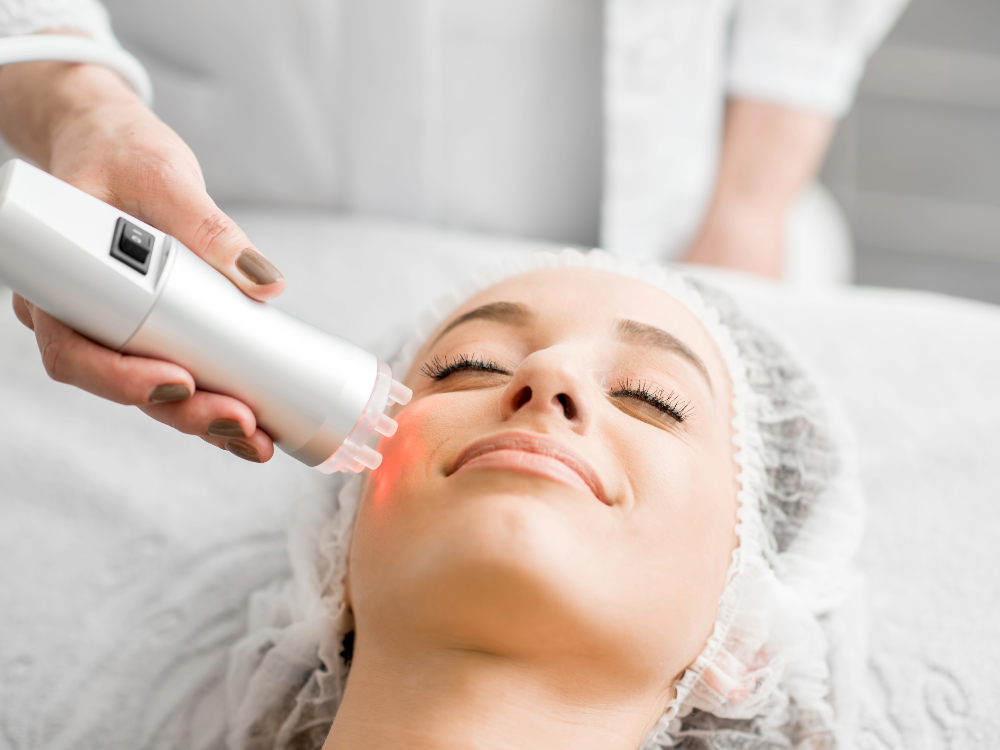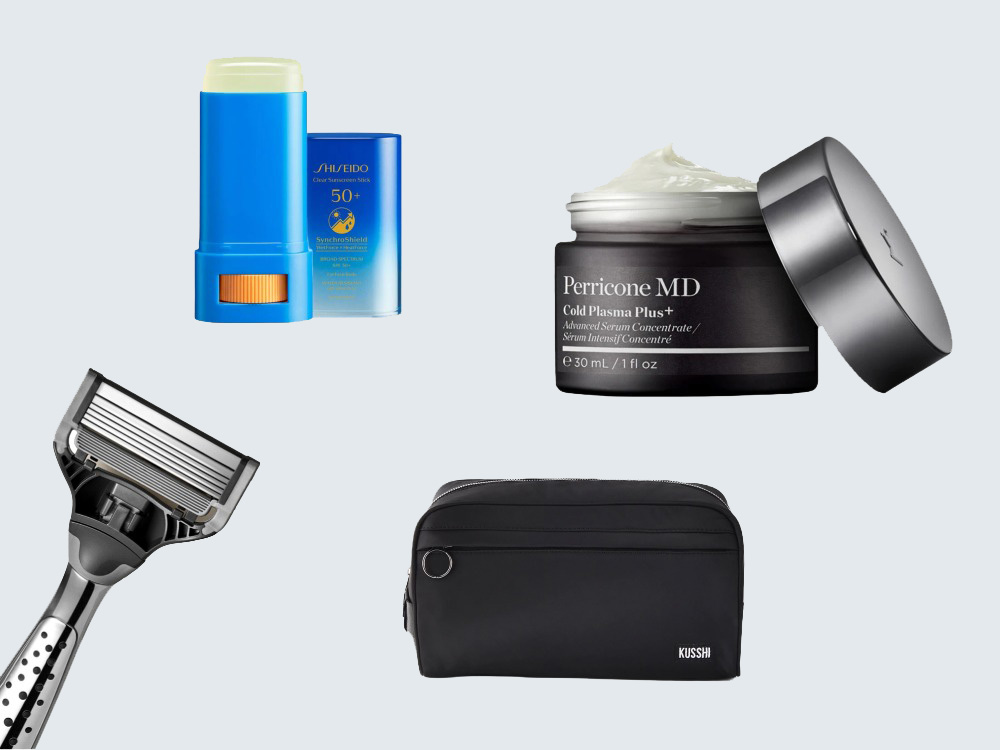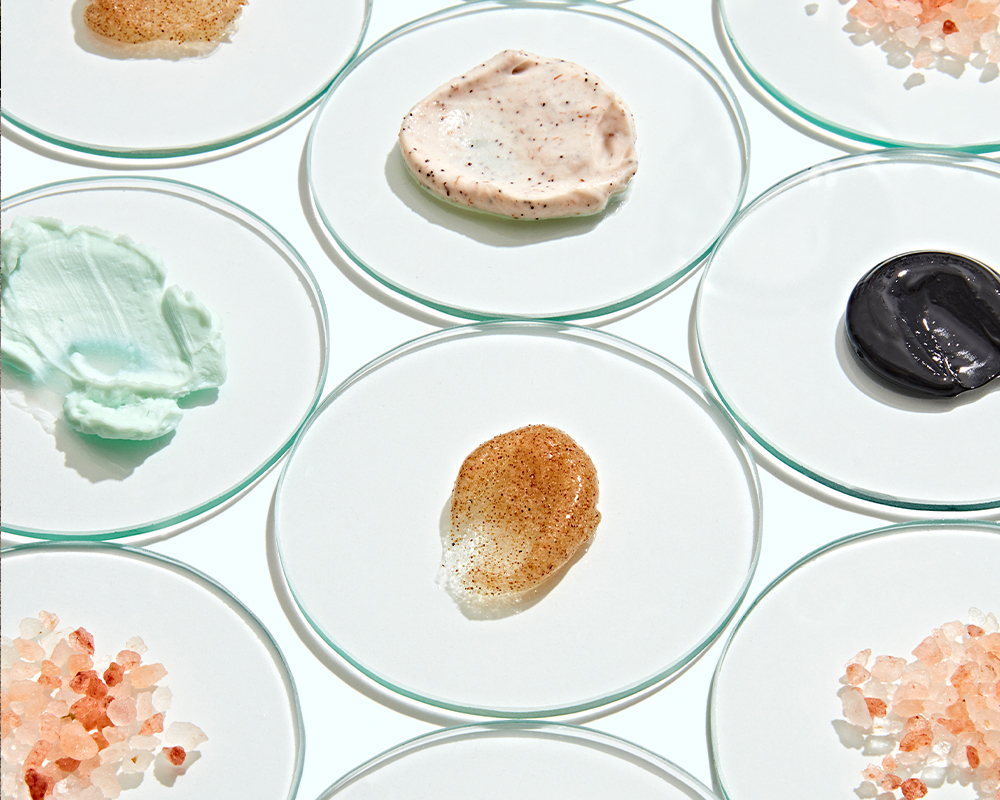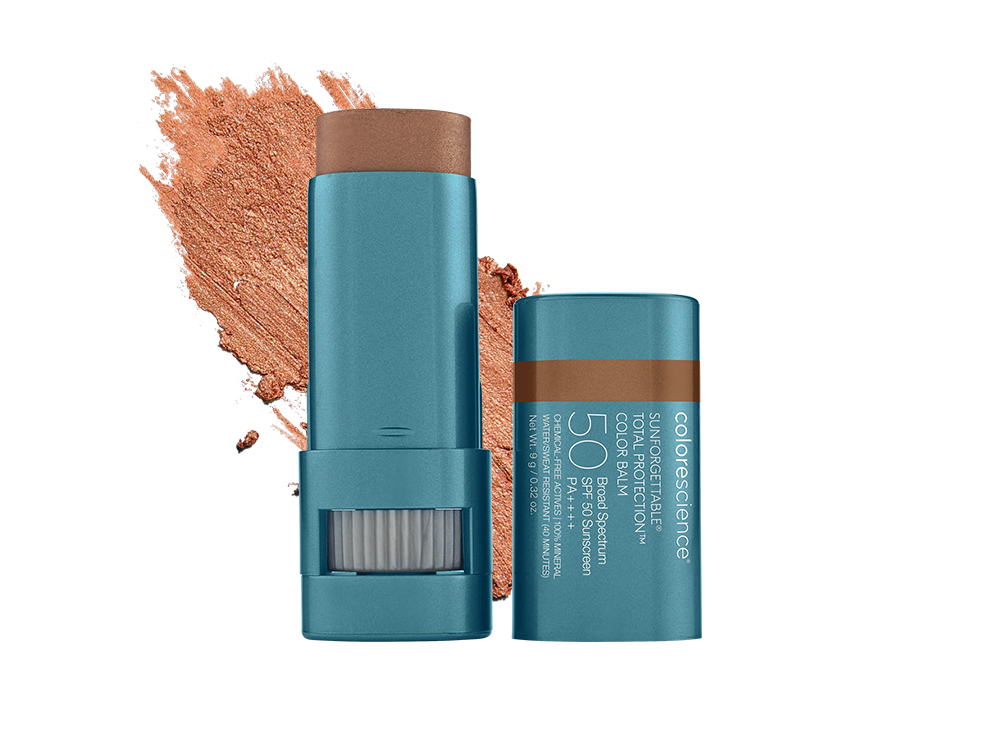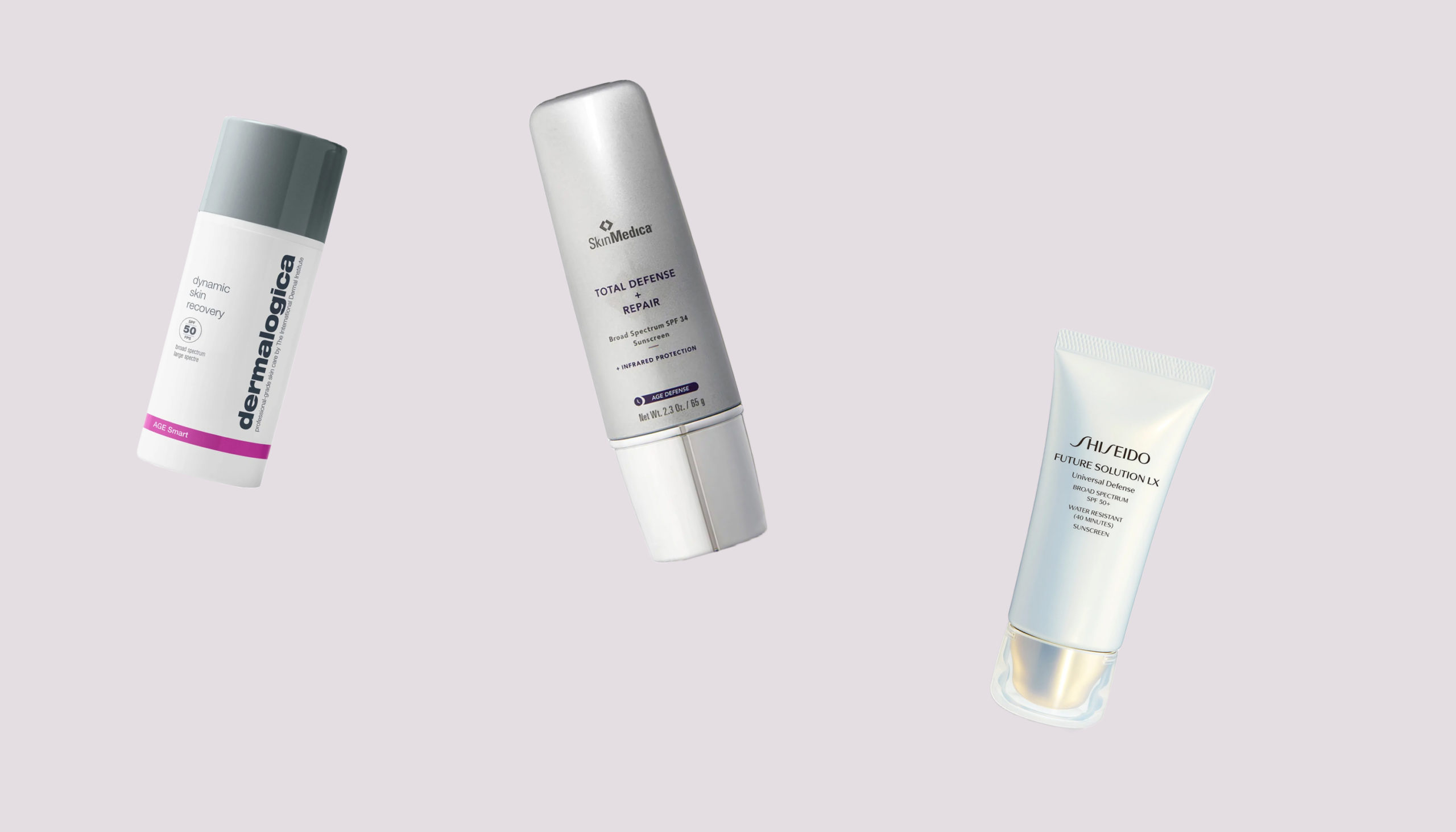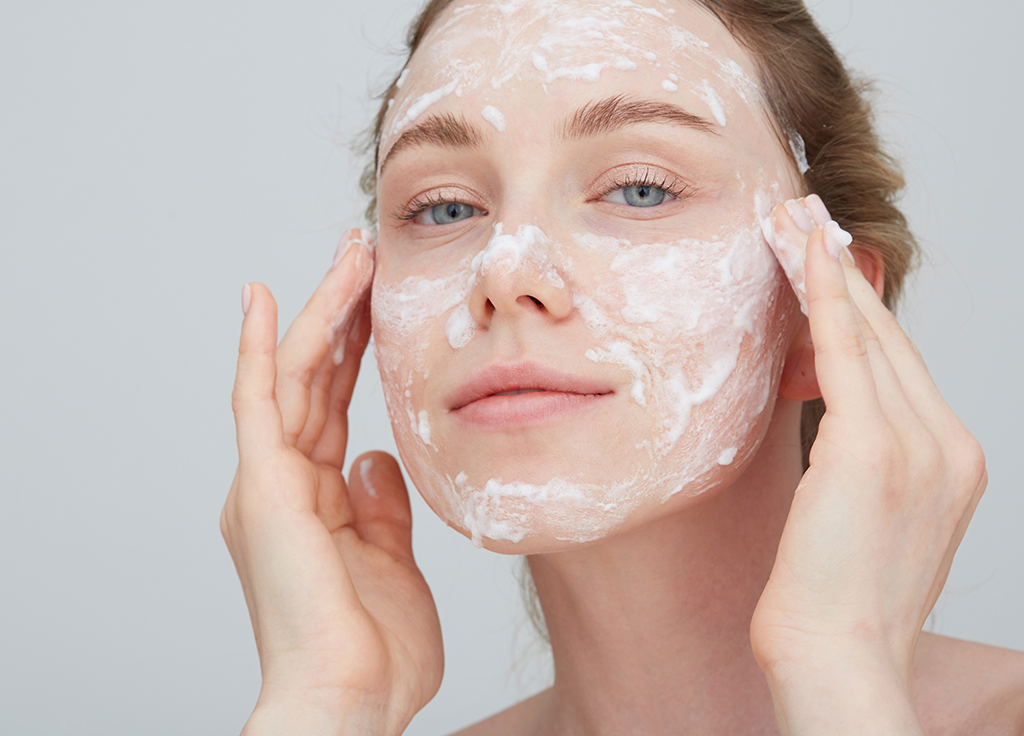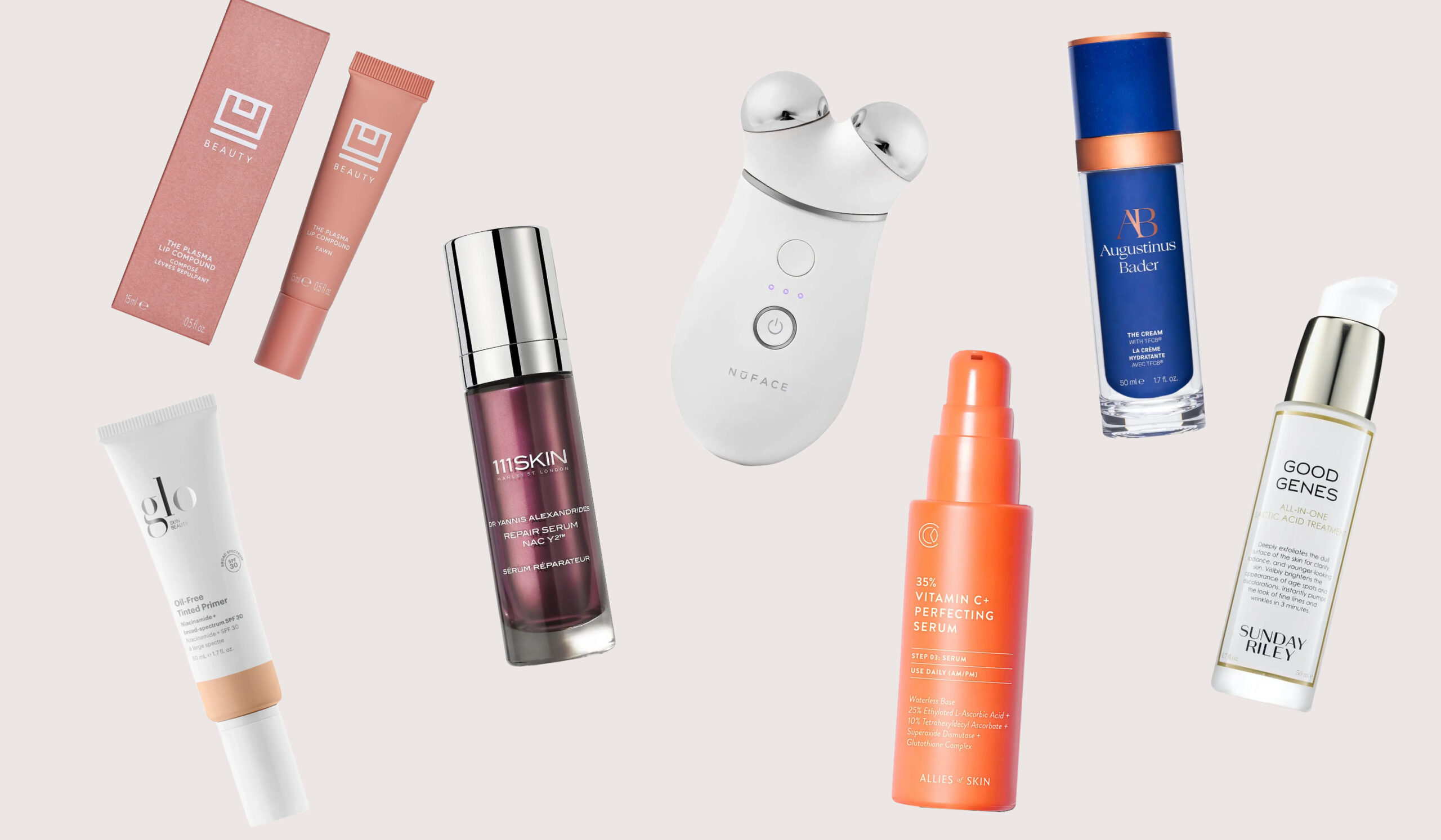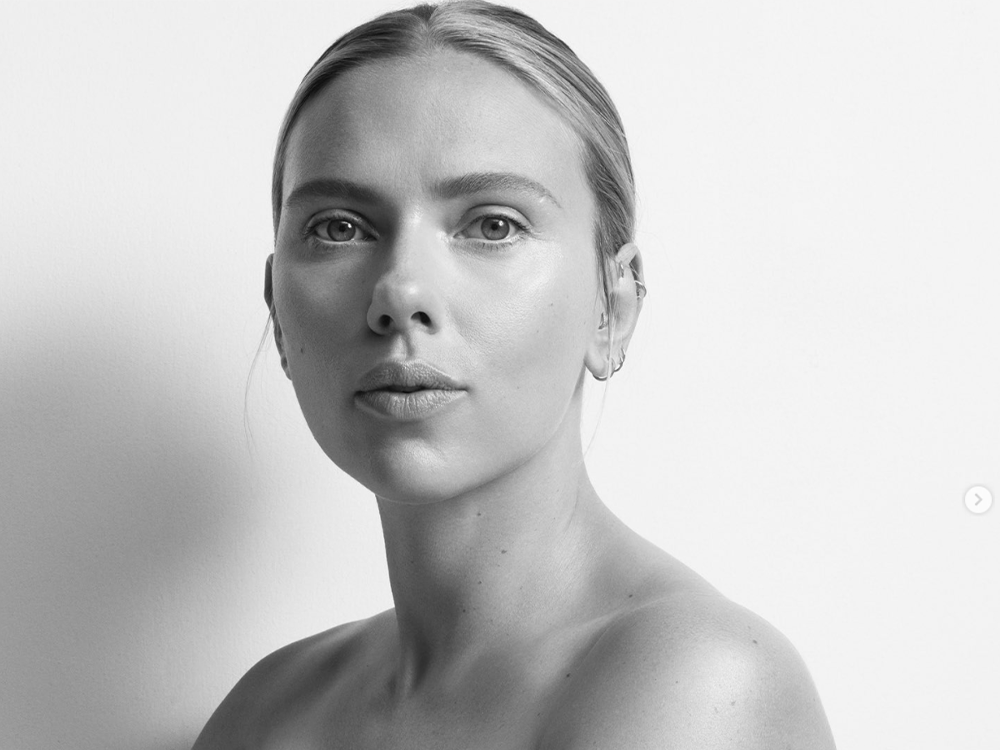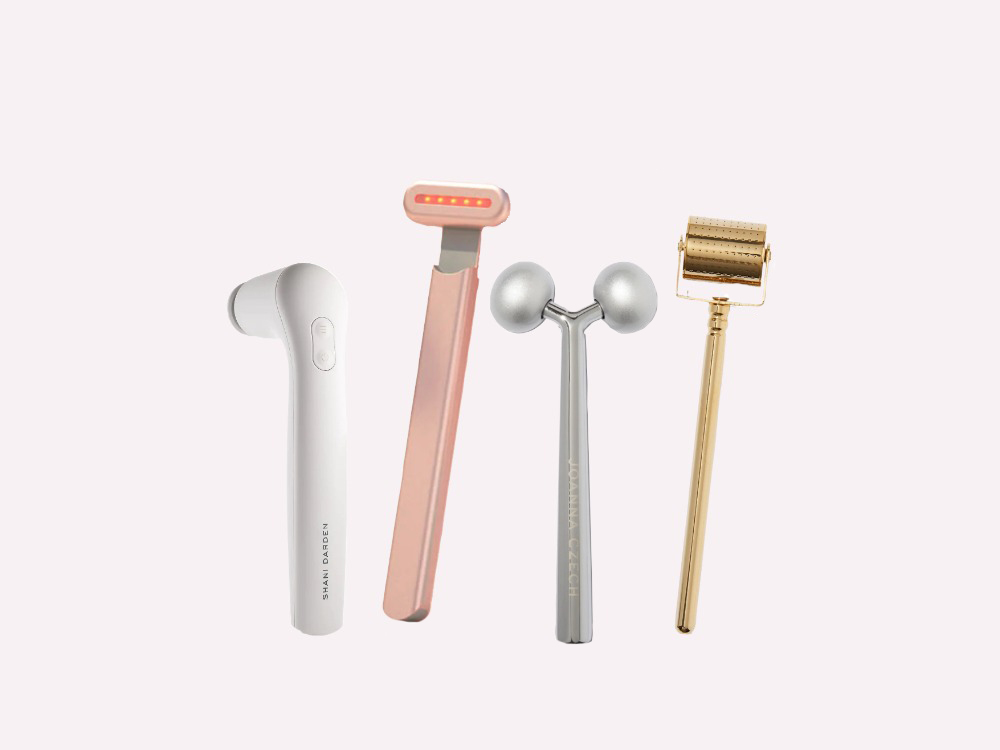When you want to make improvements to your skin, energy-based devices are one of the most effective ways to do it. But with so many options that can accomplish so many goals, how do you know what’s right for you? Newton Centre, MA plastic surgeon Joseph Russo, MD guides us through the wide world of energy and tells us his favorite treatments.
Why Are There So Many Energy Devices?
These days, there are a ton of aesthetic devices that your board-certified doctor can provide. According to Dr. Russo, some of them do different things, and some of them are for differentpeople. “Some energy devices are more powerful than others,” Dr. Russo explains. “Some are meant for more superficial improvement, some are meant for deeper improvement, and some are more uncomfortable than others. It’s dependent on the patient that you’re dealing with.”
According to Dr. Russo, there are four main categories of energy devices available right now:laser, radio frequency, ultrasound, and plasma. But all of them work in a similar way. “All devices take advantage of the same concept that if you add heat to skin, it causes the skin to shrink and tighten,” Dr. Russo says. “The more heat you add, the more it shrinks and tightens. So, part of it is taking advantage of the fact that you’re creating a little bit of injury in the tissue. When you injure tissue, the skin starts to repair itself by producing more collagen, elastin, and hyaluronic acid which makes the skin thicker and tighter.”
Skin Resurfacing Lasers
Aesthetic lasers have been around since the early 1960s, using the power of light to deliverheat to the skin and prompt that repair you’re looking for. They’re effective, but they haven’talways been safe for all skin types. “Laser has been around forever,” Dr. Russo explains. “With lasers there are a lot of restrictions. You can’t use it on some skin tones due to the risk of hyper or hypopigmentation and you must be really careful about sun exposure. Another big issue withlaser treatment is that there is significant downtime.”
Improvements in laser technology now offer more targeted energy control which has greatly improved the risk of hyper and hypopigmentation in darker skin. Fractional lasers were developed to treat only portions of the skin at a time to lessen the damage, speed up healing and lower energy levels are now used on more melanin-rich skin.
Though laser options have developed that offer safe treatment for deeper skin tones, the issue of downtime hasn’t been solved. “When you’re talking about laser treatment, you’re talking about doing more damage to the skin, but with more damage comes more repair,” Dr. Russo says. “So, it may be a better overall treatment, but there’s more downtime, and in today’s world patients don’t really tolerate downtime so well.”
Radio Frequency with Microneedling
One of the earliest innovations in aesthetic treatments was the development of radio frequencytechnology. This invisible energy works just like a microwave, delivering heat to the surface ofthe skin to produce that coveted tightening effect.
“But unfortunately, when you get up to the point where you are starting to get some benefit, itoften hurts too much for patients to tolerate,” Dr. Russo explains. “To see results, the skin temperature needs to be close to 40 degrees Centigrade, which is pretty hot, and when you finally get to that temperature, it is almost too painful for most patients to tolerate, so you haveto stop. Everybody has a different pain tolerance. So, everyone would get some benefit, but thepeople with the higher pain tolerance see more benefit.”
Microneedling was eventually incorporated to deliver the benefits of RF deeper into the skinwithout damaging the surface. The combination of the two treatments stimulate collagen andproduce more dramatic results. “In my practice, we like to use microneedling and radio frequency because it’s far more effective than just topical radio frequency,” Dr. Russo explains.
Ultrasound Tightening
As technology further developed, reaching deeper layers of the skin became the focus.“Ultrasound technology is used to heat deeper tissue like the facia to produce tightening,” Dr.Russo says. “And it was effective, but it hurt like hell.” According to Dr. Russo, the early version of this treatment was largely dependent on your pain tolerance.
“A lot of people said they would never do it again. But others said they loved theresults so much they would withstand the pain again,” Dr. Russo explains. Thankfully, newer generations of ultrasound-based aesthetic devices, like Sofwave, are designed to be gentler on the patient.
“Sofwave is much kinder and gentler,” Dr. Russo says. “It uses a cooling cycle, so it cools, thenpulses, then cools the skin. The result is that the treatment is much better tolerated.”
Plasma-Based Treatments
The latest innovation in energy devices has been the development of plasma treatments, whichuses ionized gas to deliver energy to the skin. “Plasma is what we call the fourth state of matter,” Dr. Russo explains. “You start with a solid, you heat it, and it becomes a liquid. That’s the second state of matter. If you heat a liquid, it becomes a gas, which is the third state of matter. Well, if you superheat a gas, it becomes plasma.”
That superheated gas is targeted at the skin in a burst so short, the patient doesn’t even feel it.“They use radio frequency with a gas, usually helium or something similar, and they addall this energy to the electrons of that gas, and it creates a super-hot environment,” Dr. Russo says. “But the advantage of the plasma is it’s so fast that before you can actually sense that there is pain, it’s gone. It works in a fraction of a second, getting super-hot super-fast and creating more tightening than the other treatments.”
How Do You Know Which is Right for You?
A big part of determining what kind of treatment or device is right for your skin is your age andthe amount of damage you already have. “If you’re dealing with a younger patient, who is in their 20s or 30s, you’re doing more proactive, preventative treatment so you don’t need as much energy because their skin is going to respond much more aggressively to whatever treatment you’re going to give them,” Dr. Russo explains. “If the patient is much older, say 60s or 70s, you need a lot more energy because the skin has aged and is not going to respond as well.”
Additionally, while some treatments (like lasers) are still to be used with caution on darker skin,there are several options now available. “We call radio frequency and ultrasound therapies colorblind, because you can use them on any skin type,” Dr. Russo explains.
Because these devices target different layers of the skin, your practitioner may suggestcombining therapies to produce the most benefit. “We like to combine them because they all work at different levels, if you will,” Dr. Russo says. “We also really like Morpheus8, which is microneedling with radio frequency. So, when the needles go into the skin, in addition to the injury to the skin, the radio frequency is injected deep into the skin. We really like to combine that with the Sofwave because that’s working at a deeper level. That gives us the maximum benefit for the patient.”
What to Know Before Your Appointment
Like with all treatments, it’s important to make sure your practitioner is qualified. Most of thesetreatments can be performed by a nurse or aesthetician, since they’re noninvasive.“There are two treatments that are meant to be used under the skin in addition to topically,and those need to be delivered by a physician,” Dr. Russo explains. “One of them is a newtechnology called Renuvion, which is often used in combination with liposuction to get betterresults. The other is FaceTight or BodyTight, which is using radio frequency, but with atransmitter under the skin as well as over. The energy goes back and forth between the twotransmitters, and the combination of under and over the skin produces a much better result.You get better tightening. Those are both invasive treatments.”
Invasive options, though, can skip some of the pain and discomfort of these energy devices,because you have the benefit of being unconscious for the treatments. “Well, I’m a surgeon, so a lot of the time a patient I’m working on is asleep,” Dr. Russo says. “So often if someone is coming in for a facelift or a browlift, we’re able to add those energy devicetreatments to the surgery. When a patient is asleep, we can turn the device all the way up,which we can never do when they’re awake.”
If you’re worried about the pain, though, don’t worry. You’ll be at the wheel. “We always tell them to let us know at what point it becomes uncomfortable and we’ll stop,” Dr. Russo explains. “Once people have experienced an introductory level for a while, we ask them how it feels and if they can tolerate more. But we also let them know that if they need to keep it at a lower level, they may need more treatments. And that’s okay because we want you to be comfortable first.”
